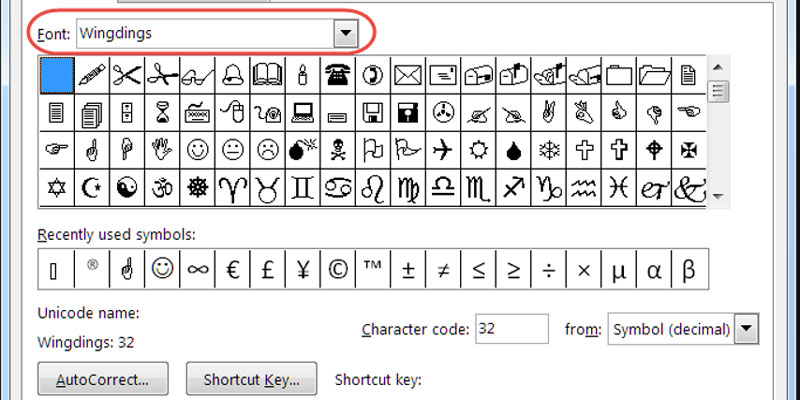The 35mm camera equivalent of a 37-111mm zoom on the Canon SD500 is a 3x, 7.7-23.1mm wide-angle zoom lens. The maximum aperture setting extends from f/2.8 at a wide angle to f/4.9 at telephoto. However, it is automatically controlled.
Digital zoom boosts the SD500's zoom capability by up to four times, bringing the total to a whopping 12 times. However, digital zoom degrades the clarity of the image because it essentially cuts and enlarges the CCD's center pixels. As a result, when utilizing digital zoom, image features are more likely to be masked.
In order to use the digital zoom when the lens is locked at a wide angle, a Digital Macro mode is available. This is because the optical zoom can only be used once it has hit its telephoto setting, and macro focus is closest at the wide angle setting.
The overall image quality is reduced, as it is with standard digital zoom. There's also a fixed-focus Infinity setting. There are nine AiAF points on the Canon SD500, which utilizes a large active region in the center of the image to compute the focal distance.
I was pleased by this function on previous ELPH models and am glad to see it on the SD500. In the Record menu, you can switch off AiAF so that the autofocus area is always set to the center of the picture by default.
Exposure data, such as opening and shutter speed, are not displayed on the LCD, even though it contains much camera information.
Recommendation

Instead of the larger CompactFlash slot seen on the previous model, the SD500 Digital ELPH's 7.1-megapixel CCD allows for higher-resolution photos, while the Secure Digital memory card slot allows for smaller, more portable storage.
Although exposure management is mostly automatic, the availability of exposure periods as long as 15 seconds and customizable ISO greatly extends the camera's exposure versatility. The straightforward user interface and fluid style allow newbies and more accomplished amateurs to feel right at home, with plenty of control over the exposures to make both happy.
The Canon SD500 is a good "second camera" for hobbyists who don't want to carry their full-size camera with all the bells and whistles. One of the finest subcompact digital cameras available today.
Design
Despite being nearly identical in terms of physical dimensions to its predecessor, the Canon PowerShot S500, the SD500 appears more compact. Given the compact size and the fact that the SD500 is significantly lighter than the S500, it's impressive that the new model boasts a larger 2.0-inch LCD as compared to the 1.5" display of the previous model.
The compact size is excellent for easily stashing in a pocket or purse without worrying about harming the robust, all-metal body (but if you want to retain that exquisite finish, you'll like to put it in a plastic shell first because it can get scratched).
The automatic lens cover prevents smearing or losing a lens cap. In contrast, the retractable lens keeps the camera's front flat when it's not in use, emphasizing its pocket-friendly design. The Canon SD500 is small enough to slip into most men's shirt pockets, measuring just 3.37 x 2.24 x 1.04 inches (85.6 x 57.0 x 26.5 millimeters).
You may prefer to keep it in your coat or purse due to its lighter weight of about 6.0 ounces (170 grams) without the battery and memory card.
Camera Operations
 The Canon PowerShot SD500's touch screen is simple and straightforward, with a menu structure and control layout that is identical to the remainder of the ELPH series. Most of the camera's operations are handled via buttons on the top and back panels, while the LCD-based Record menu is used to adjust a small number of settings.
The Canon PowerShot SD500's touch screen is simple and straightforward, with a menu structure and control layout that is identical to the remainder of the ELPH series. Most of the camera's operations are handled via buttons on the top and back panels, while the LCD-based Record menu is used to adjust a small number of settings.
Recording Mode. The image area or a limited amount of data is displayed in LCD form. The LCD will show the picture area if no data is displayed at all. The displays selected
by tapping the Display button are cycled through. There are a few exposure options and the number of available photographs displayed when the information display is activated, as well as the resolution, image quality, and recording mode (although not aperture or shutter speed)
Display of Playback Mode. Additionally, in playback mode, you have the option of seeing your video in one of three different ways: with just the image, with additional information, or with both the image and a histogram. Up to nine thumbnails can be shown on the screen, or you can zoom in on a snapshot to check for little features or better frame a shot in the indexing mode.



